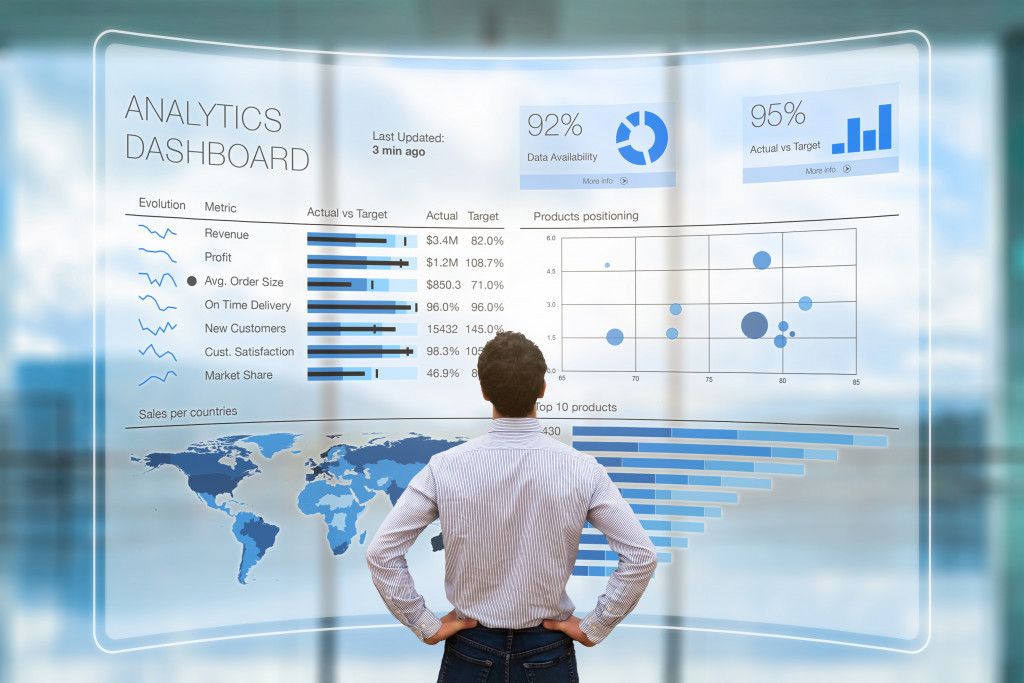- AI and blockchain are transforming banking by improving fraud detection and transaction efficiency, respectively.
- Data analytics aids banks in product tailoring, risk assessment, fraud detection, and customer behavior understanding.
- Robotics reduces operational costs by automating repetitive tasks, enhancing efficiency, and reducing errors.
- Mobile banking and financial close software offer convenience and improved decision-making by providing real-time financial data.
Technology has been changing the banking industry for decades. The world of banking is on the cusp of a significant transformation, with new innovations that will significantly change the way we bank. The advent of smartphones and the internet has brought about a host of changes, rendering traditional banking operations obsolete.
In recent years, technological advancements in artificial intelligence, data analytics, blockchain, and robotics have revolutionized the industry. This blog will explore the most innovative technologies in banking and how they are shaping the future of banking.
Artificial Intelligence (AI)
The future of banking is rooted in AI technology. Using AI, banks can analyze customer data more efficiently, detect fraud, and automate repetitive tasks like customer service inquiries. AI-powered chatbots can significantly reduce operational inefficiencies and increase customer satisfaction. AI also helps banks use customer data to personalize banking experiences, allowing customers to access their accounts, make transactions, and manage their finances more easily.
Blockchain
Blockchain is a distributed ledger technology that facilitates secure and transparent transactions. Banks can use blockchain to reduce transaction costs, speed up payment processing, and enhance security. Blockchain technology enables banks to monitor and track all transactions, minimize fraud, and ensure compliance with regulations.
Blockchain technology also makes it easier for banks to offer international banking services without the need for intermediaries, thus reducing transaction fees and reducing time taken. Blockchain technology is still in its early stages, but it has the potential to transform the way we bank.
Data Analytics

Data analytics has been the driving force behind many banking innovations. With analytics, banks can gather insights into essential data such as the following four:
Customer behavior
Customer behavior data enables banks to identify patterns and trends, which can help them make better decisions in terms of product offerings, marketing strategies, and customer service.
Preferences
Data analytics can help banks gather customer preferences based on their transaction history and spending habits. This information allows banks to offer highly targeted products and services, leading to a better overall customer experience.
Risk assessment
Banks use data analytics to assess risk and identify potential defaults more accurately, reducing the chances of bad loans and improving overall profitability.
Fraud detection
Data analytics helps banks identify fraudulent activities by analyzing patterns in transactions and customer behavior. This allows them to take swift action to prevent losses.
Leveraging these insights, banks can further tailor their offerings to customer needs and improve customer engagement rates. Data analytics can also help banks effectively manage the risk, allowing for better credit risk assessment and fraud detection.
Robotics
Robotic process automation (RPA) can significantly reduce operational costs for banks by automating repetitive or manual tasks. RPA has an array of uses, such as customer onboarding, loan processing, and transaction monitoring.
Robotic automation in banking is very effective in the back-office, enabling banks to save time and resources, reallocating their workforce to more value-added, customer-focused tasks. Robotics also enhances operational efficiency and reduces human error.
Mobile Banking

Mobile banking has been around for years and has experienced rapid growth due to the widespread adoption of smartphones and mobile devices. It is a highly convenient service that allows customers to access their accounts, make payments, and manage their finances on the go, all through their smartphones.
As the world grows more mobile-driven, banks are increasingly offering mobile banking services to reap the benefits of improved customer retention and engagement, lower infrastructure costs, and extended reach. Mobile banking is expected to continue evolving, offering new features and services to make banking even more accessible and convenient.
Financial Close and Account Reconciliation Software
Financial close and account reconciliation systems have streamlined banking operations significantly. These smart tools automate the entire financial close process, allowing banks to eliminate manual errors, reduce processing times, and lower costs. They also provide real-time visibility into cash positions and transaction details for better decision-making.
Technology has become an essential cornerstone of the banking industry, enabling banks to provide more efficient, personalized, and secure services to their customers. Innovations in fields such as AI, blockchain, data analytics, and robotics have revolutionized various aspects of banking operations, from customer service to fraud detection.
As these technologies continue to evolve, we can anticipate a banking future that is even more streamlined, customer-centric, and resilient. Embracing these changes will be essential for banks to stay competitive and relevant in an increasingly digital world. The journey of technological transformation in banking is far from over, and it’s an exciting time to be part of this remarkable evolution.

